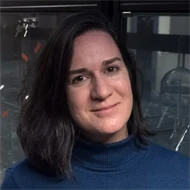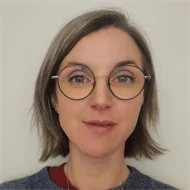Fiber2Comp
Bioremediation by composting offers a sustainable nature-based solution to remediate polluted fiberbanks sediments, converting them into a safer and stable product for reuse as a soil amendment or plant substrate.
Fiberbanks are old deposits of polluted pulping fibers and wood scraps found on the seabed of the Baltic Sea, as well as in lakes and rivers across Sweden. Fiberbanks, along with the fiber-rich sediments surrounding them, are contaminated with toxic metals and persistent organic pollutants, such as PCBs, chlorinated pesticides, and polycyclic aromatic hydrocarbons. Due to natural disturbances and human activities, there is an increased risk of pollutants spreading as these sediments are often located in shallow waters near the shorelines, threatening ecosystems and human welfare. Additionally, the degradation of this organic material under the water results in the formation of highly toxic methylmercury and the emission of greenhouse gases.
Given their organic nature, these sediments can be composted and potentially remediated within the process. During composting, the high and diverse microbial activity can biodegrade the persistent organic pollutants and potentially immobilize toxic metals, transforming the polluted material into a more stable and detoxified product. Depending on the final quality, the obtained product can be reused as a soil amendment, plant substrate or construction filling material, making remediation efforts more appealing. In addition, the technology involves treating other organic waste streams simultaneously, such as manures to be used as co-substrates, which are major sources of greenhouse gases. The reuse of these organic wastes for the development of pollution remediation technologies can have a significant impact on Sweden's climate and pollution actions and the optimization of materials circular flows.
This project focuses on developing and validating a new application, fibrous sediment bioremediation, using an established technology: industrial in-vessel composting. Laboratory experiments will provide practical insights into optimizing fibrous sediment bioremediation through composting, which can be later applicable to other polluted materials. Industrial partner companies will then validate this approach at a pilot scale. The aim is to test laboratory results in an on-site treatment using an industrial in-vessel composting device, alongside sediments dredging and dewatering in dedicated geotubes managed by project partners. Ultimately, in a potential full-scale scenario, this integrated treatment system could be set up temporarily at fiberbank locations, eliminating the need for the polluted material transport and the associated risks. The necessary devices for implementing the technology are readily available commercially, promoting a quick market introduction expected as a project outcome.
This technological application aims to address an urgent need for cleaner oceans and coastlines in Sweden while offering a novel approach to mitigate greenhouse gas emissions from fibrous sediments and other sources, such as livestock manures. In the long term, this environmentally friendly, low-energy-demand treatment is expected to become an available technology for remediating various organic wastes, dredged sediments and polluted soils, thereby promoting their valorisation as resources and enhancing environmental detoxification efforts in Sweden and beyond.
Facts
Project period
231001-261031
Partners
Subjects
Research groups
Project leader

Project members




